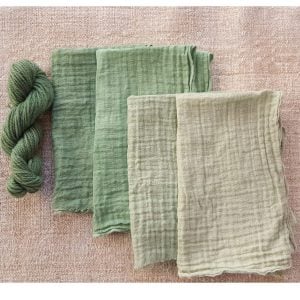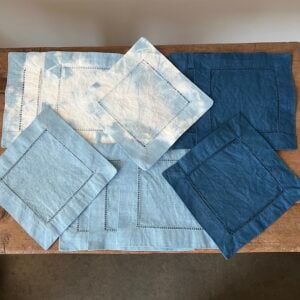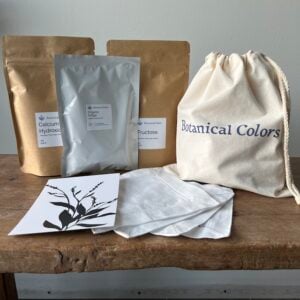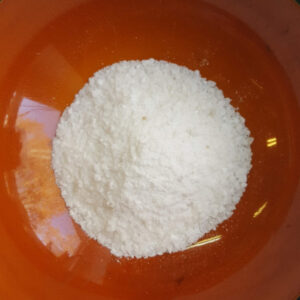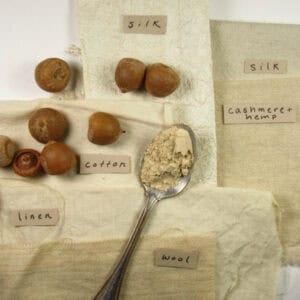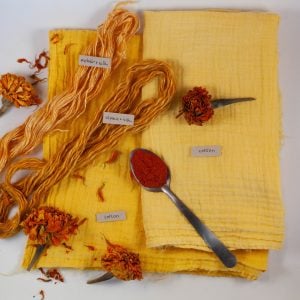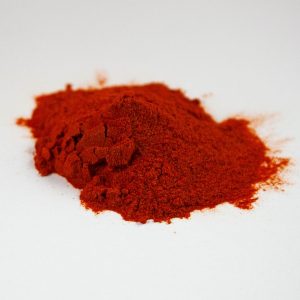We receive a lot of questions about our favorite subject of natural dyes and two questions that I thought might be interesting to share are:
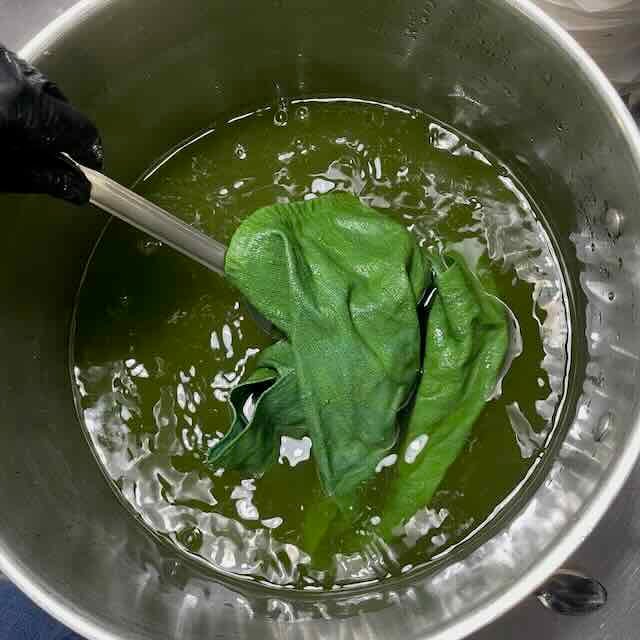
– How do I dye jute or burlap?
– How do I dye green?
We detail information from each question and there are lots of links with how-to and recipes for further exploration!
DYEING WITH JUTE
Jute is a fiber from the Corchorus plant, and the largest global jute-producing region is West Bengal, India, and Bangladesh. Jute is an annual plant, rapid-growing, and produces long fibers in its stalk, similar to linen and hemp. The plant can grow very tall, and the fibers are harvested, retted to remove the hard outer stalk, revealing the inner finer fibers. The fiber color ranges from light gold to medium brown, and depending on the quality of the fiber, it can be used to create rope, twine, yarn and linen-like fabrics, or coarsely woven for sacks or bags. Jute rugs and floor coverings are also popular as it is minimally processed and renewable. Jute is referred to as burlap mainly in the US, and in the UK, it is commonly called hessian.
Treat jute like other plant-based fibers and scour gently using low agitation as the fiber is often loosely spun and woven. Gentle handling will prevent a lot of “hairiness” with the yarn or fabric. Then use either the aluminum acetate or the tannin-alum procedure to mordant. Tannin and iron treatments to produce charcoal or black should also work well with jute.
DYEING GREEN – Some ideas
-Indigo with yellow. This is the longest lasting option for the clearest green shades. You can also achieve deep olive greens with the addition of iron. Please follow this link for full instructions plus a Feedback Friday video to achieve numerous indigo-based green shades.
-Yellow dye with iron (makes a grayed green, more of an olive or “sage” color). Some yellow dyes move directly to gray with the addition of iron. A stronger yellow such as osage, fustic or pomegranate will create shades of sage, olive drab, and dark olive green. We offer a recipe using fustic and iron to achieve a darker grayed olive shade.
-Yellow with logwood. I like to use a strong yellow like weld. The recipe we use is here.
A nice green but not super light or washfast, but I cannot resist its minty allure. Just know that it’s – Chlorophyllin. A recipe from one of our customers is here.


